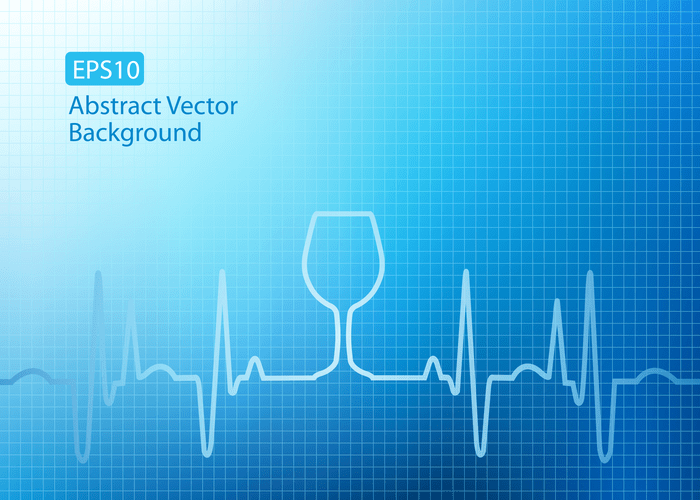Negotiating the Relationship Between Addiction, Ethics, and Brain Science
To our knowledge, this is the first US population-level study to comprehensively address risk profiles of opioid misuse using the latest national survey data available. These data are subject to the individual participant’s bias, truthfulness, recollection, and knowledge. Second, although the data are nationally representative, the survey is http://massage-relaks.ru/tovary-i-uslugi/massazhery-i-massazhnye-kresla/fitstudio-foot-therapy1.html cross-sectional, and it excludes some subsets of the population.
- The subculture provides an alternative source of social support and cultural activities, but those activities can run counter to the best interests of the individual.
- An individual exposed to drug use at an early age can be influenced by social modeling (or learning via observation).
- Dimensions one and two refer to biological concerns; dimensions three and four refer to psychological concerns; dimensions five and six refer to social concerns.
- As we delve into the complex world of substance use disorders, we find ourselves navigating a labyrinth of theories, models, and frameworks, each offering a unique perspective on the nature of addiction.
Psycho-Social Systems
Once an intention has been formed for example, to use substances one is aware of the intention, though intention itself does not sufficiently cause the individual to seek out or use drugs. From a neuroscience perspective, it is difficult to see such actions as completely free, particularly when explanations of natural phenomena are understood as causally ordered. The notion of free choice becomes http://turgenev-lit.ru/words/0-DEN/turgenev/den.htm particularly troublesome due to the conscious experience of acting freely. As Searle (2004) argues, “there is a striking difference between the passive character of perceptual consciousness and the active character of what we might call ‘volitional consciousness’“ (41).
Biomarker measures of alcohol and illicit drug consumption

What brings us together is a passionate commitment to improving the lives of people with substance use problems through science and science-based treatments, with empirical evidence as the guiding principle. In recent years, the conceptualization of addiction as a brain disease has come under increasing criticism. When first put forward, the brain disease view was mainly an attempt to articulate an effective response to prevailing nonscientific, moralizing, and stigmatizing attitudes to addiction. According to these attitudes, addiction was simply the result of a person’s moral failing or weakness of character, rather than a “real” disease 3. To promote patient access to treatments, scientists needed to argue that there is a biological basis beneath the challenging behaviors of individuals suffering from addiction. The view that substance addiction is a brain disease, although widely accepted in the neuroscience community, has become subject to acerbic criticism in recent years.

Relapse prevention for addictive behaviours: a manual for therapists
- He suggested that the addiction field needed to follow the rest of medicine in moving away from viewing disease as an “entity”, i.e., something that has “its own independent existence, apart from other things” 11.
- At this stage, people often use drugs or alcohol to keep from feeling bad rather than for their pleasurable effects.
- The biopsychosocial perspective, although not extensively practiced, has been a relatively popular concept within the psychiatric treatment literature because it suggests an integrated systems approach for therapy.
- Expectations can also be important among people who use drugs; those who have greater expectancies of pleasure typically have a more intense and pleasurable experience.
The family systems model takes a closer look at how family dynamics can contribute to and maintain addictive behaviors. This perspective views addiction as a symptom of dysfunction within the family unit, rather than solely an individual problem. For instance, substance use might serve as a coping mechanism for family conflict or a way to maintain a dysfunctional equilibrium within the family. Addiction, in its simplest terms, is a compulsive engagement in rewarding stimuli despite adverse consequences. But this definition barely scratches the surface of the intricate mechanisms at play.
- A common criticism of the notion that addiction is a brain disease is that it is reductionist and in the end therefore deterministic 81, 82.
- A disease label is useful to identify groups of people with commonly co-occurring constellations of problems—syndromes—that significantly impair function, and that lead to clinically significant distress, harm, or both.
- These models remind us that addiction doesn’t occur in a vacuum, but rather within a complex web of social relationships, cultural norms, and environmental influences.
- Finally, the biopsychosocial model was not specifically designed to examine the transition from rehabilitation to training and competition.
- Researchers, armed with this multifaceted approach, can explore new avenues for prevention and intervention.
- Another issue that may have introduced bias is participant knowledge or lack thereof concerning opioids and other substances 70.
nature.com sitemap
- Accordingly, the matrix of a person’s socio-historical context, life narrative, genetics, and relationships with others influence intention, decision, and action, and thus shape the brain.
- The behavioral addiction model has expanded our understanding of addictive processes, potentially leading to new treatment approaches that could be applied across various types of addictions.
- On the contrary, since we realize that addiction involves interactions between biology, environment and society, ultimate (complete) prediction of behavior based on an understanding of neural processes alone is neither expected, nor a goal.
- Therefore, the social environment in which one exists contributes to their risk of addiction.
- Notions of a pathologized self, deeply enmeshed with personal identity, may lead an individual to internally negotiate a relationship between the self and the brain (Dumit 2003).
The critical role of alternative reinforcers was elegantly brought into modern neuroscience by Ahmed et al., who showed that rats extensively trained to self-administer cocaine would readily forego the drug if offered a sweet solution as an alternative 103. http://www.chih-pih.ru/index.php?ind=quote&st=800 This was later also found to be the case for heroin 103, methamphetamine 104 and alcohol 105. Early residential laboratory studies on alcohol use disorder indeed revealed orderly operant control over alcohol consumption 106. Furthermore, efficacy of treatment approaches such as contingency management, which provides systematic incentives for abstinence 107, supports the notion that behavioral choices in patients with addictions remain sensitive to reward contingencies. Mainstream culture in the United States has historically frowned on most substance use and certainly substance abuse (Corrigan et al. 2009; White 1979, 1998). This can extend to legal substances such as alcohol or tobacco (including, in recent years, the increased prohibition against cigarette smoking in public spaces and its growing social unacceptability in private spaces).
White (1996) draws attention to a set of individuals whom he calls “acultural addicts.” These people initiate and sustain their substance use in relative isolation from other people who use drugs. Examples of acultural addicts include the medical professional who does not have to use illegal drug networks to abuse prescription medication, or the older, middle-class individual who “pill shops” from multiple doctors and procures drugs for misuse from pharmacies. Although drug cultures typically play a greater role in the lives of people who use illicit drugs, people who use legal substances—such as alcohol—are also likely to participate in such a culture (Gordon et al. 2012). In this chapter, drug culture refers to cultures that evolve from drug and alcohol use.
 กรุณารอสักครู่
กรุณารอสักครู่